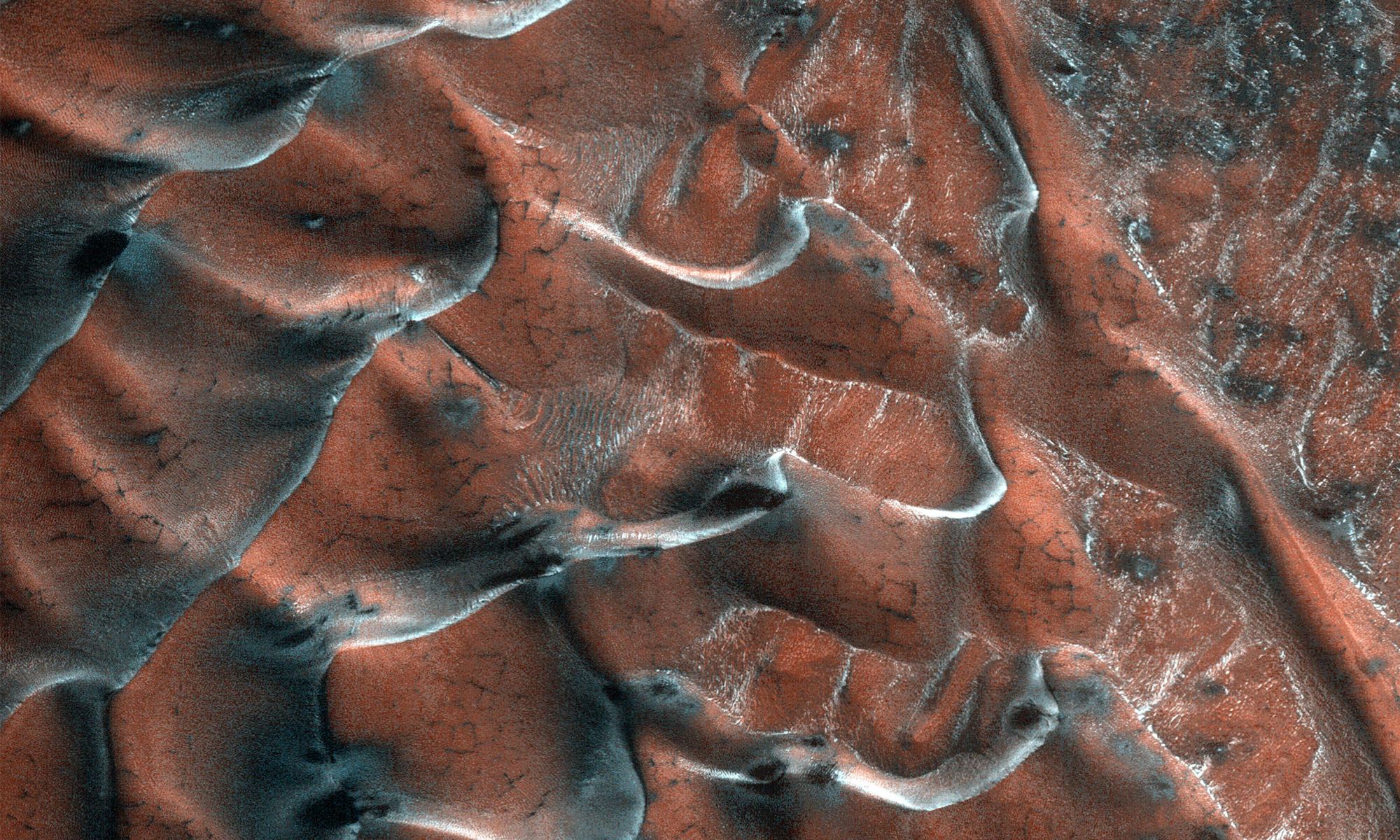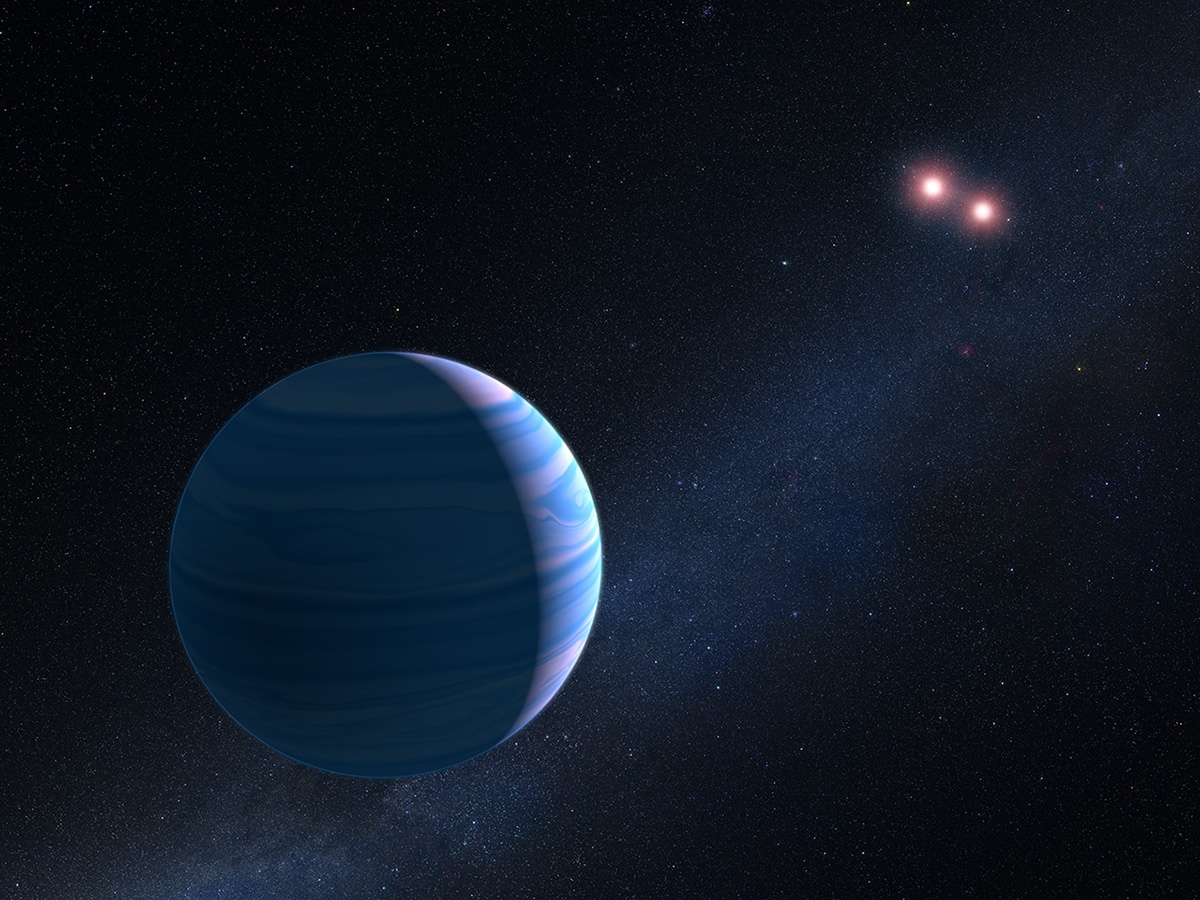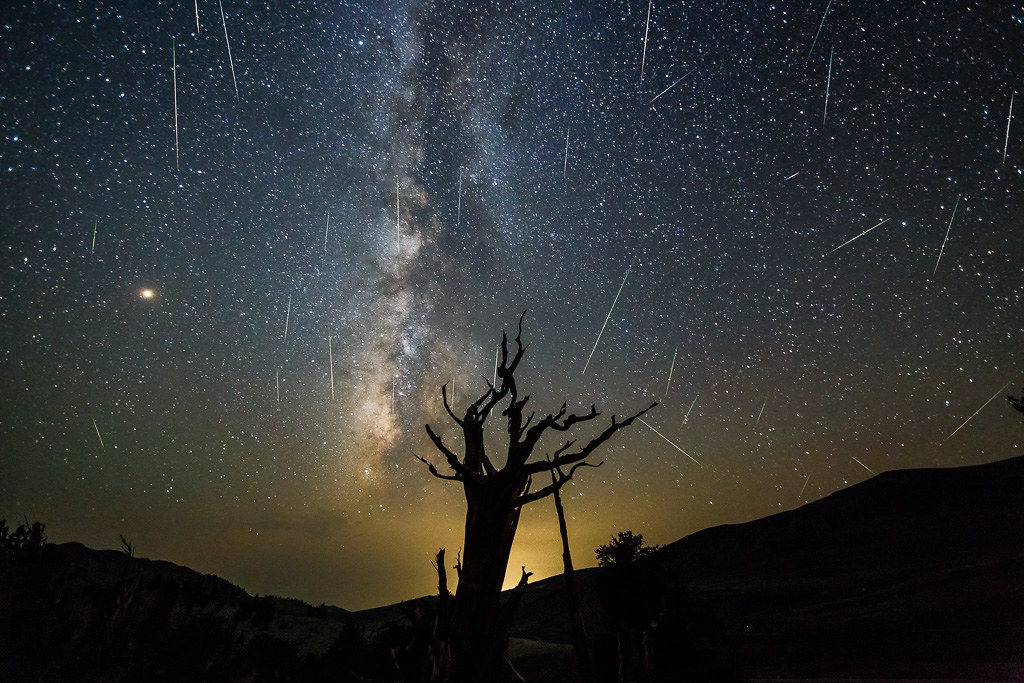Dark matter doesn’t really do much of anything in the present-day universe. But in the early days of the cosmos there may have been pockets of dark matter with high enough density that they provided a source of heat for newly forming stars. Welcome to the strange and wonderful world of “dark stars.”
Continue reading “Dark Stars: The First Stars in the Universe Could Have Been Powered by Annihilating Dark Matter”Compare Sand Dunes Across the Solar System, From Venus to Pluto
One of the most interesting things we can learn from studying the planets and bodies of our Solar System is how much they have in common. Mars has polar ice caps and features that formed in the presence of water. Venus is similar to Earth in size, mass, and composition and may have once been covered in oceans. And countless icy bodies in the Solar System experience volcanism and have active plate tectonics, except with ice and water instead of hot silicate magma. Another thing they have in common, which may surprise you, is sand dunes!
According to a new study by researchers from Monash University and the University of Pennsylvania, multiple planets in our Solar System have sand dunes on their surfaces – just in different forms! These features further indicate that the mechanisms for dune formation are ubiquitous throughout the Solar System. These findings could lead to new methods for assessing the surface conditions of planets and moons and could have significant implications for future robotic and crewed missions to study them up-close.
Continue reading “Compare Sand Dunes Across the Solar System, From Venus to Pluto”Could we Detect Dark Matter’s Annihilation Within Globular Clusters?

A team of astronomers studied two nearby globular clusters, 47 Tucanae and Omega Centauri, searching for signals produced by annihilating dark matter. Those the searches turned up empty, they weren’t a failure. The lack of a detection placed strict upper limits on the mass of the hypothetical dark matter particle.
Continue reading “Could we Detect Dark Matter’s Annihilation Within Globular Clusters?”Civilizations Don’t Even Need Space Ships to Migrate From Star System to Star System
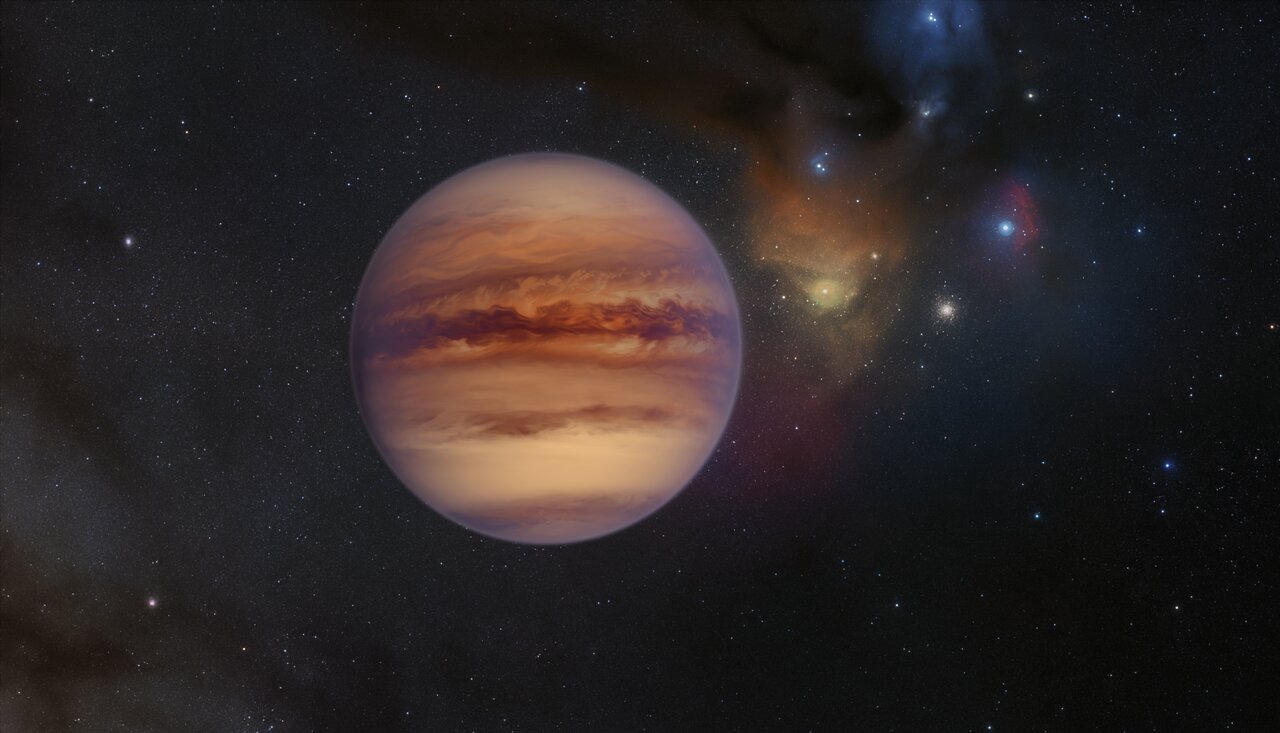
In about 5 billion years, the Sun will leave the main sequence and become a red giant. It’ll expand and transform into a glowering, malevolent ball and consume and destroy Mercury, Venus, Earth, and probably Mars. Can humanity survive the Sun’s red giant phase? Extraterrestrial Civilizations (ETCs) may have already faced this existential threat.
Could they have survived it by migrating to another star system without the use of spaceships?
Continue reading “Civilizations Don’t Even Need Space Ships to Migrate From Star System to Star System”Planets in Binary Systems Could be Habitable, But They’d Form Differently
Most of the stars in the Milky Way are single stars. But between one-third and one-half of them are binary stars. Can habitable planets form in these environments?
New research shows that habitable planets could exist around binary stars, but they would form differently than worlds around single stars.
Continue reading “Planets in Binary Systems Could be Habitable, But They’d Form Differently”A new Quantum Technique Could Enable Telescopes the Size of Planet Earth
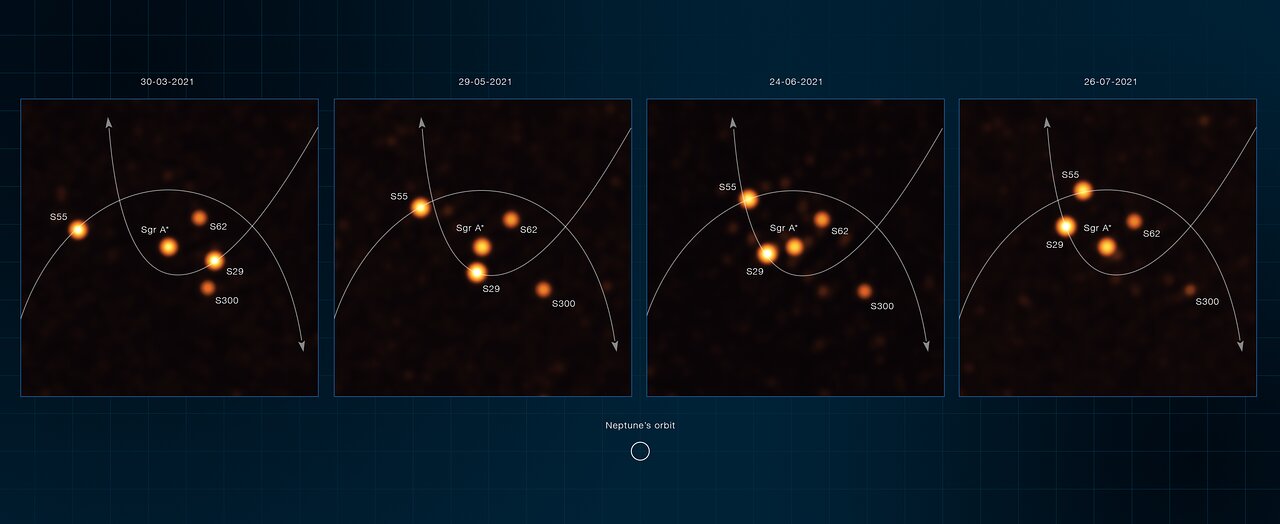
There’s a revolution underway in astronomy. In fact, you might say there are several. In the past ten years, exoplanet studies have advanced considerably, gravitational wave astronomy has emerged as a new field, and the first images of supermassive black holes (SMBHs) have been captured. A related field, interferometry, has also advanced incredibly thanks to highly-sensitive instruments and the ability to share and combine data from observatories worldwide. In particular, the science of very-long baseline interferometry (VLBI) is opening entirely new realms of possibility.
According to a recent study by researchers from Australia and Singapore, a new quantum technique could enhance optical VLBI. It’s known as Stimulated Raman Adiabatic Passage (STIRAP), which – in combination with pre-distributed entanglement – allows quantum information to be transferred without losses. When imprinted into a quantum error correction code, this technique could allow for VLBI observations into previously inaccessible wavelengths. Once integrated with next-generation instruments, this technique could allow for more detailed studies of black holes, exoplanets, the Solar System, and the surfaces of distant stars.
Continue reading “A new Quantum Technique Could Enable Telescopes the Size of Planet Earth”The Building Blocks for Supermassive Black Holes are Found in Dwarf Galaxies
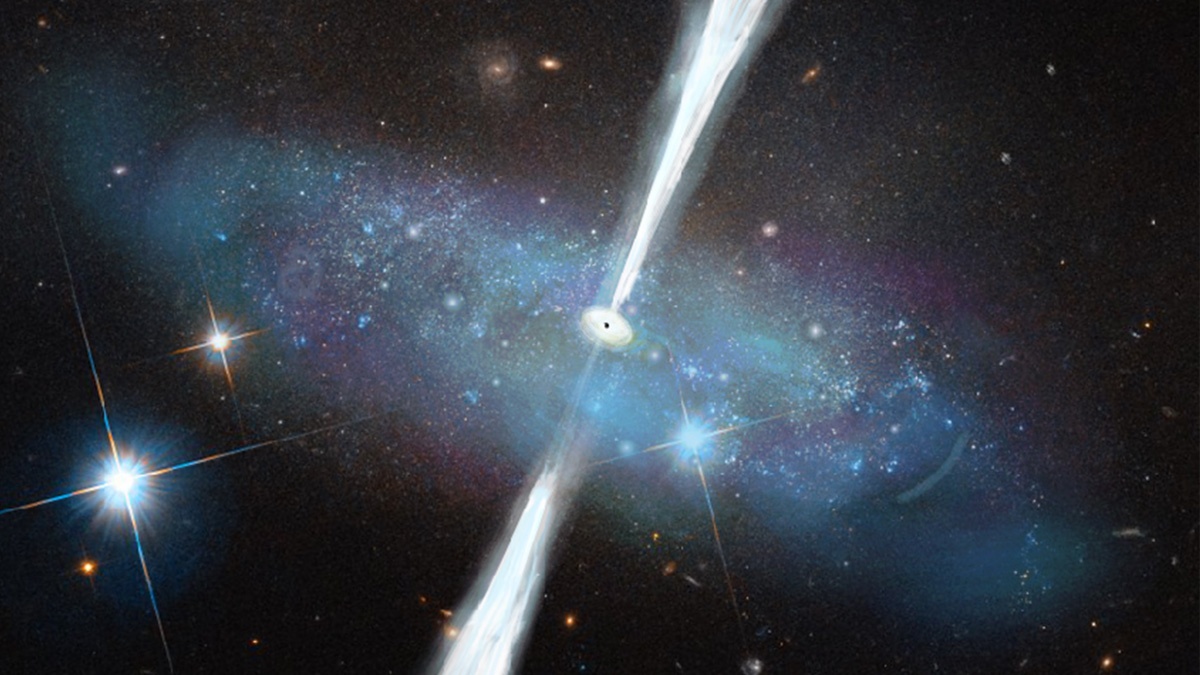
We all know that a humongous black hole exists at the center of our galaxy. It’s called Sagittarius A* (Sgr A* for short) and it has the mass of 4 million suns. We’ve got to see a radio image of it a few weeks back, showing its accretion disk. So, we know it’s there. Astronomers can chart its actions as it gobbles up matter occasionally and they can see how it affects nearby stars. What astronomers are still trying to understand is how Sgr A* formed.
Continue reading “The Building Blocks for Supermassive Black Holes are Found in Dwarf Galaxies”“Wind-Ruffled Waves, Foam and Wave Shadows, Above Natural Blue Seawater.” This is how we’ll Spot Exoplanets With Oceans

Our planet’s oceans generate tell-tale light signatures when sunlight reflects off them. Exoplanets with significant ocean coverage may do the same. Can we use the Earth’s reflectance signatures to identify other Earth-like worlds with large oceans?
We should be able to, eventually.
Continue reading ““Wind-Ruffled Waves, Foam and Wave Shadows, Above Natural Blue Seawater.” This is how we’ll Spot Exoplanets With Oceans”Solar Orbiter’s Pictures of the Sun are Every Bit as Dramatic as You Were Hoping
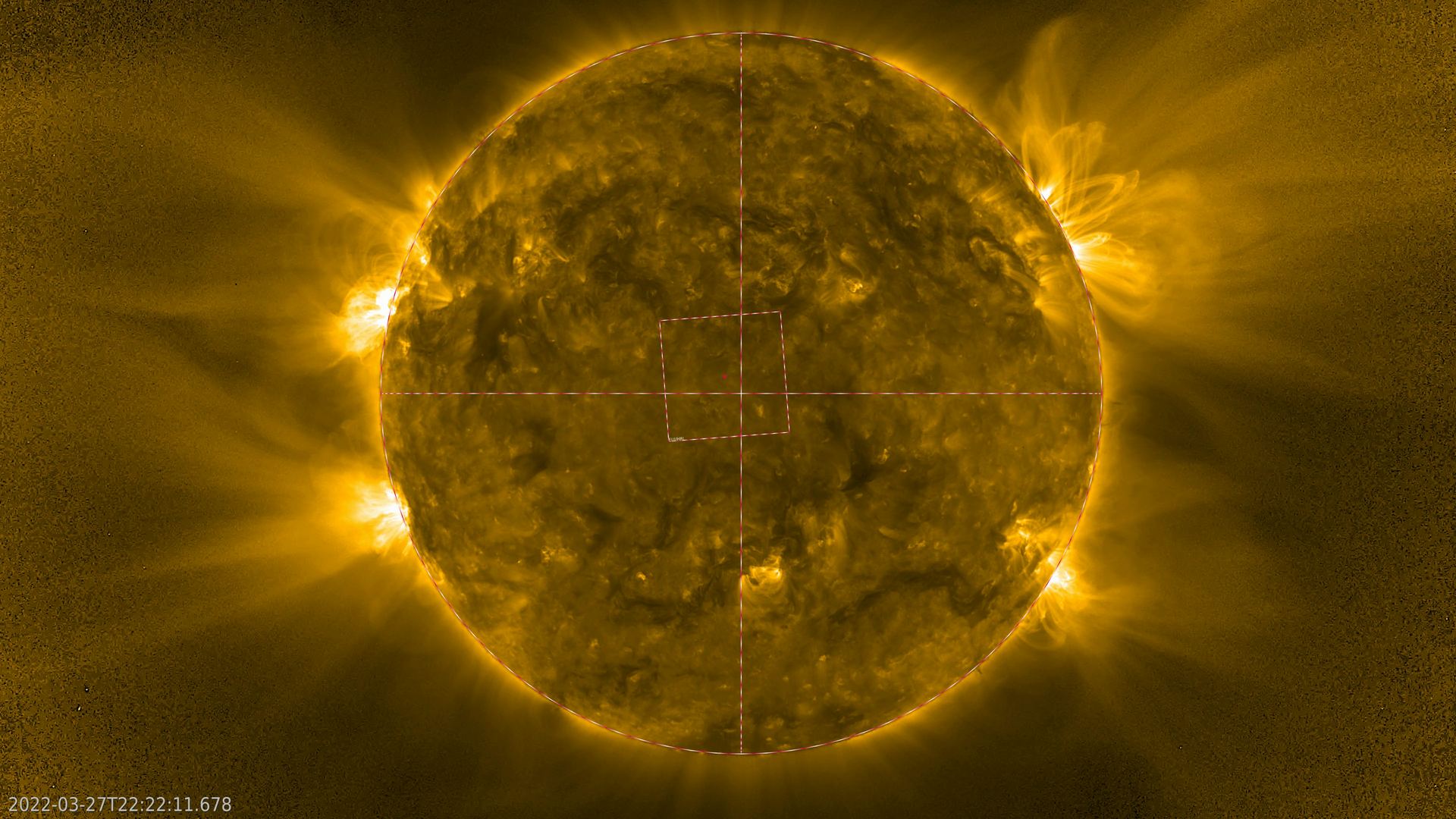
On March 26th, the ESA’s Solar Orbiter made its closest approach to the Sun so far. It ventured inside Mercury’s orbit and was about one-third the distance from Earth to the Sun. It was hot but worth it.
The Solar Orbiter’s primary mission is to understand the connection between the Sun and its heliosphere, and new images from the close approach are helping build that understanding.
Continue reading “Solar Orbiter’s Pictures of the Sun are Every Bit as Dramatic as You Were Hoping”Update on the Potential May 31st tau Herculid Meteor Storm
If skies are clear, be sure to watch for a potential tau Herculid meteor outburst early next Tuesday morning.
With a little cosmic luck, we could potentially be in for a meteor storm of epic proportions this coming Monday night/Tuesday morning. We recently wrote about the possibility for an outburst from the tau Herculids on the night of May 30th/May 31st. As we’re now just under a week out from the shower, let’s look at the prospective for the shower, what went down during meteor storms of yore, and more.
Continue reading “Update on the Potential May 31st tau Herculid Meteor Storm”

